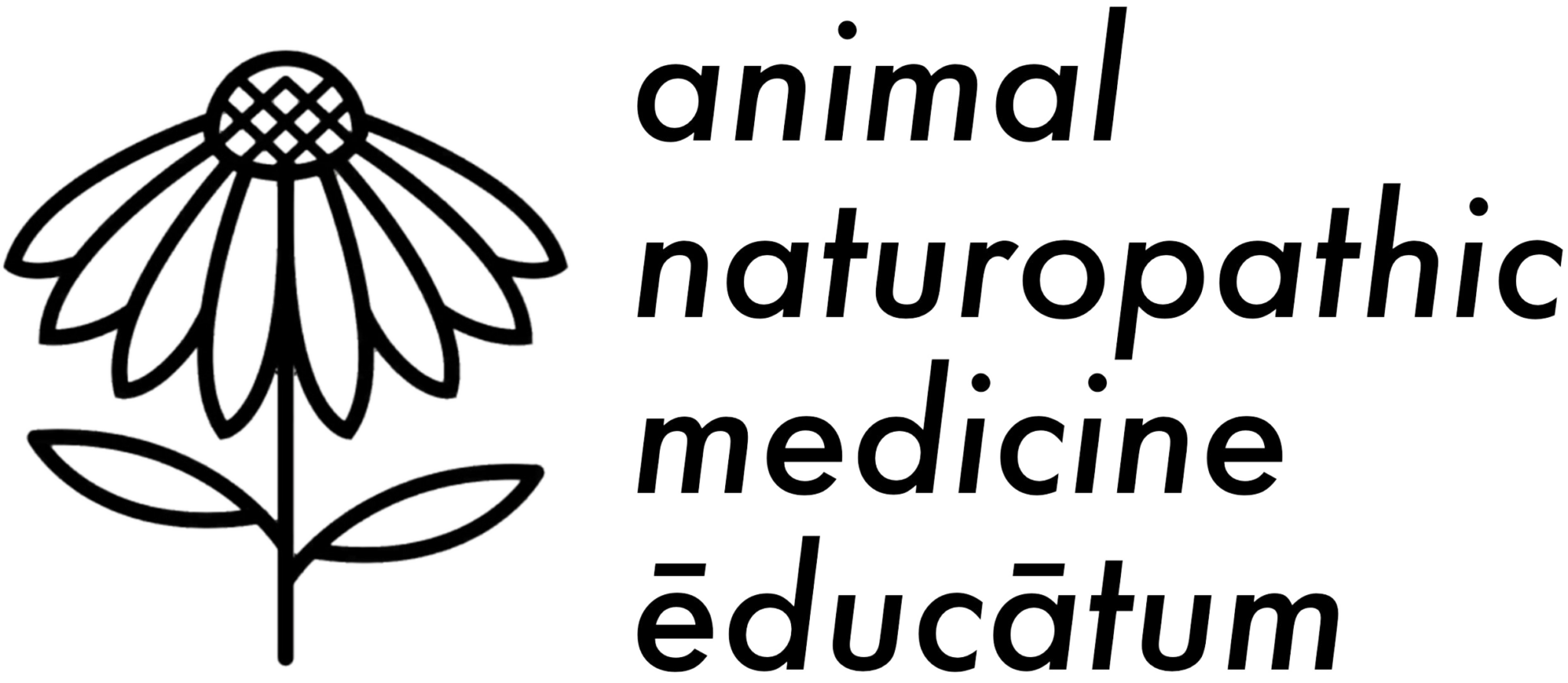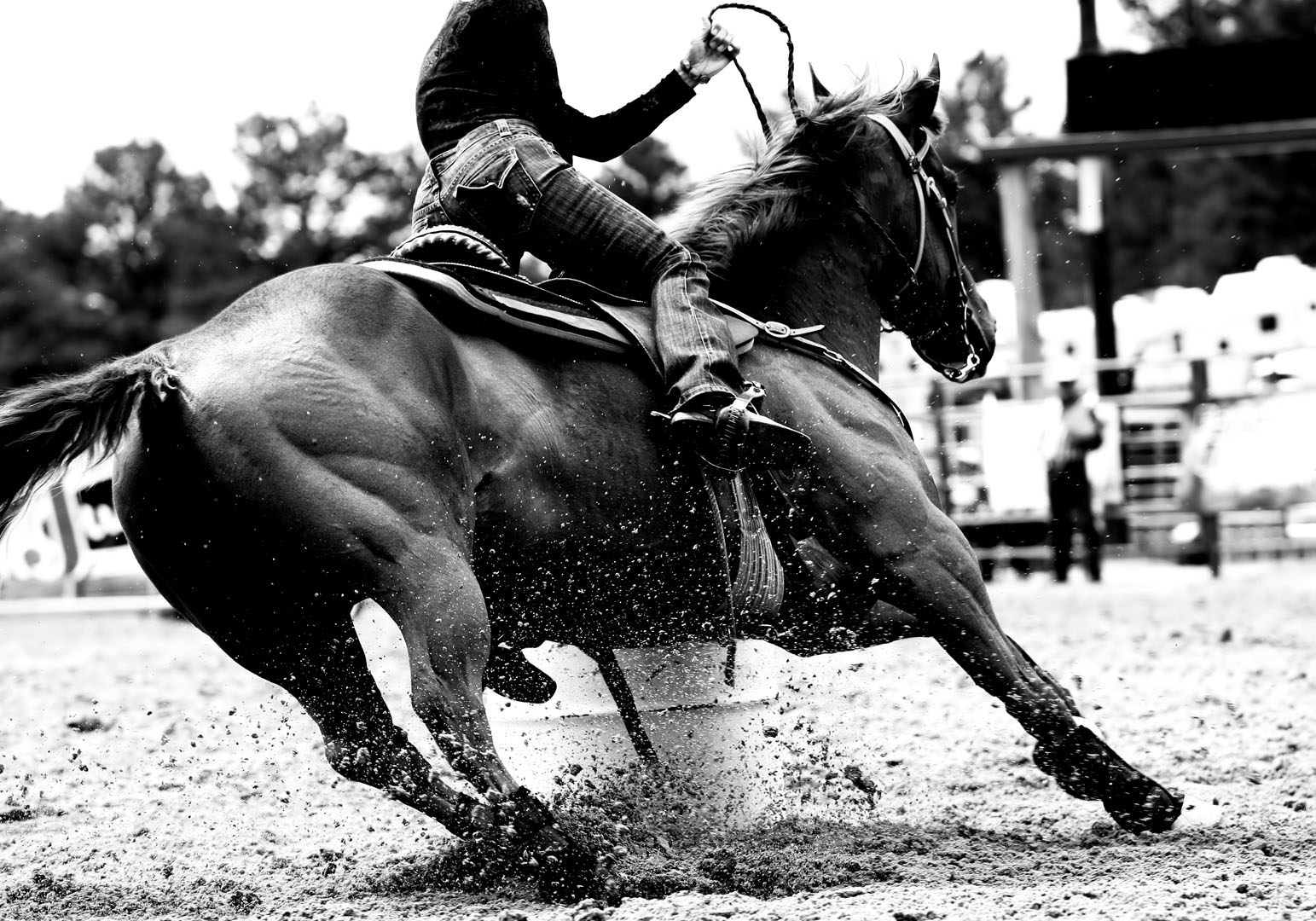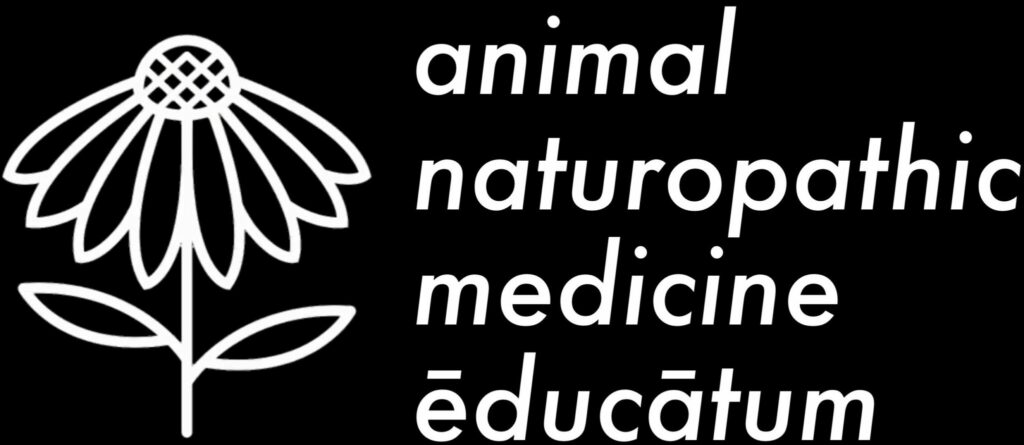Horses are the ultimate athlete!
Leslie Williamson, Senior Lecturer
“The real reason for giving a massage is to foster more depth of feeling for one another to bring out the love that often lies buried beneath the pain of everyday suffering” – Robert Clavert
We live in an amazing sporting country and horse sports are no doubt, one of the most courageous and majestic to watch.
When we are riding and pushing our bodies for that optimum rider fitness we are riding to create fitness of our horses too, we can often take things for granted until an injury happens to us or our horse.
Many little musculo-skeletal warning signs are often being presented but we ignore them because we just don’t see them, or we think they can be worked out.
It is of the utmost that equine body workers acquire skills that can pick-up the warning signs within the musculature. Visual and tactile observations come together in the assessing of what should be optimum for each horse. Just like any elite athlete, your horse should be regarded as an athlete always and have a great support team.
More than ever, there is an emphasis to live a balanced life, have a healthy mind and body, keep our musculo-skeletal system fit and flexible and remain as pain free as possible for as long as we can. The same considerations apply to our horses.
Massage and Myofacilitation fits perfectly into every horses’ life at every stage of their life and massage fits perfectly into a rehabilitation program, with highly regarded remedial and therapeutic benefits, addressing positive proprioception reducing physical, mental and emotional pain.
It’s never too late to make a difference to learn how to make your horse and many others feel the empowerment of massage enhancing optimum movement and longevity. It is the start to a very mindful rewarding journey for you and the horses you will help.
Complementary therapies are gaining popularity as more and more people seek natural solutions that offer more than a ‘quick fix’. Using the complementary model, various aspects of equine health may be observed and improved upon from a wholistic perspective to improve an equine’s wellbeing.




